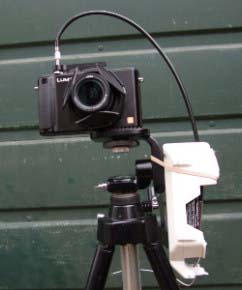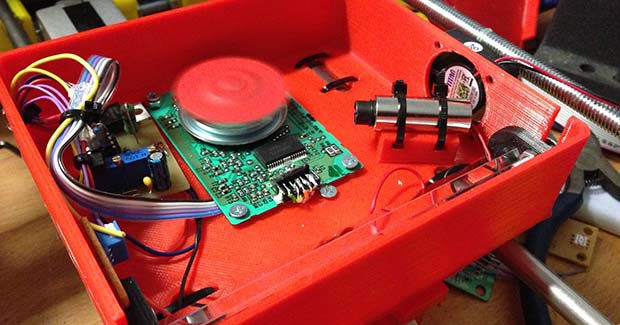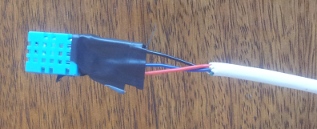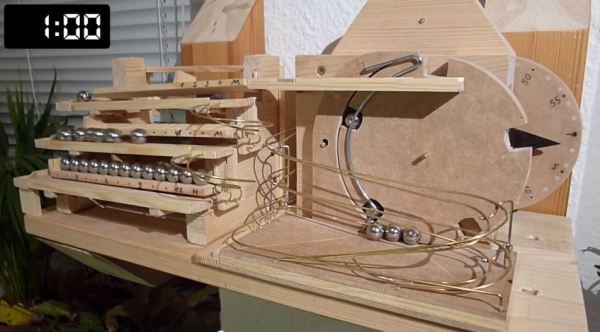Our little community might not be so very little. Today the 10,000th Hacker registered an account on Hackaday.io! You may remember that we just launched our project hosting site at The Gathering on January 21st and made it public in February. There were a few pre-Alpha testers already registered, but still, that’s 10k people in four months. Why? Because hacking is awesome and it’s made better if you show off what you do!
Of course we’re not anywhere near done yet (technically we’re still in Alpha). We want help shaping the existing features and developing new ones. Share your ideas as comments on the Feedback project; we read those.
Hackaday.io is also the gathering point for The Hackaday Prize. Give the interface a whirl, contribute to open hardware, and win a trip into space or hundreds of other prizes. What are you waiting for?
Oh, one last thing, if you’re wondering what 10,000 Hackers looks like, we have a Jolly Wrencher for every one of you after the break.






 Here’s a question that will rack your brain: does your clothes dryer stop when the clothes are dry? It seems if you have a machine that guzzles power for one single purpose, you’d like it to stop when its job is done, or for the sake of convenience, keep going until the clothes are dry. Temperature and humidity sensors are cheap, and if you don’t have an auto sensing clothes dryer,
Here’s a question that will rack your brain: does your clothes dryer stop when the clothes are dry? It seems if you have a machine that guzzles power for one single purpose, you’d like it to stop when its job is done, or for the sake of convenience, keep going until the clothes are dry. Temperature and humidity sensors are cheap, and if you don’t have an auto sensing clothes dryer, 










